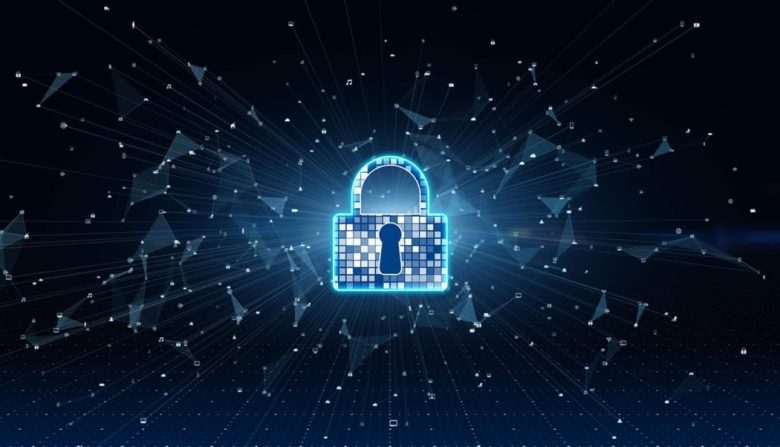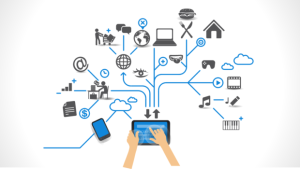As technology becomes increasingly integral to our daily lives, digital threats are becoming increasingly sophisticated. Cyberattacks are expected to become even more sophisticated by 2025, making strong security procedures more crucial than ever. Individuals and businesses must remain vigilant and continuously adapt their defenses to address rapidly evolving threats. Knowing how to use advanced security measures is no longer enough; you must actually implement them to protect private data, maintain your privacy, and build trust in the digital world. This guide shows you the most important technical security recommendations you need to know to stay safe in the coming year.
Strengthen Your Passwords and Use Multi-Factor Authentication:
Passwords have long been a crucial part of good digital security, but their role is changing. In 2025, an easy-to-guess password could easily give someone access to your accounts. The new standard requires long, complex passwords with letters, numbers, and symbols. This makes brute-force attacks harder to crack. Better yet, consider using a trusted password manager to create and store strong, unique passwords for all your accounts. But strong passwords alone are no longer enough. Multi-factor authentication (MFA) adds a crucial second layer of security, requiring a second form of verification before granting access, such as a code sent to your phone or a fingerprint scan. Even if your password is compromised, this simple action can thwart most automated hacker attacks.
Securing Remote Workplaces:
The shift to remote and hybrid work models has expanded an organization’s digital footprint, making it more vulnerable to security risks. Securing these distributed environments is a key objective for 2025. First, ensure all employees use secure, encrypted Wi-Fi networks and virtual private networks (VPNs) to access company resources. VPNs encrypt your internet connection, creating a private tunnel that protects your data from anyone eavesdropping on a public network. Businesses should also establish strict security policies for personal devices used for work (BYOD). These policies should include antivirus software, regular security updates, and the ability to remotely wipe data if the device is lost or stolen. Creating a secure work-from-home environment requires the right technology and security practices.
Improving Cloud Security Protocols:
As more businesses move their data and operations to the cloud, protecting these digital assets is crucial. By 2025, cloud security will adopt a shared responsibility model. This means that cloud providers protect the infrastructure, but customers are responsible for protecting their own data and access rights. This model describes how to properly configure security settings, manage access rights using the principle of least privilege, and continuously monitor for unusual behavior. Data must be encrypted both when stored on servers and when transmitted over networks. Businesses should also consider using a Cloud Access Security Broker (CASB) to monitor and enforce security policies for all cloud applications and services.
Invest in Cybersecurity Training and Education:
Technology can only prevent cyberattacks to a limited extent; the human factor remains the most unpredictable. Phishing, social engineering, and human error remain the most common methods of security breaches. Therefore, one of the best ways companies can protect themselves is to ensure that all employees receive regular cybersecurity training and guidance. Regular training, fake phishing attacks, and ensuring everyone is aware of emerging threats can foster a culture of security awareness. When employees understand how to protect company data and identify and report such threats, they are the first and best line of defense.
Implement Advanced Threat Detection Systems:
By 2025, traditional antivirus software will be insufficient to prevent advanced persistent threats (APTs) and sophisticated malware. Businesses must invest now in advanced threat detection and response systems that leverage artificial intelligence (AI) and machine learning (ML) to detect and block threats in real time. Endpoint Detection and Response (EDR) systems monitor events on endpoints and networks, looking for unusual patterns that could indicate a breach. These systems can automatically contain threats and prevent them from spreading across the network. They also provide security professionals with the information they need to investigate and resolve issues. Active threat hunting, where security professionals proactively search for hidden risks on the network, is also becoming a common technique for businesses that want to stay ahead of the curve.
Conclusion:
As we approach 2025, proactive and comprehensive technology security is more important than ever. The digital world will continue to present new challenges, but you can significantly mitigate risks with a layered security plan. A modern security plan should encompass many aspects, such as strengthening passwords with MFA, improving workplace security, enhancing cloud protocols, and investing in education. By following these key tips and staying alert to emerging risks, you can feel safe in the digital world. The goal isn’t to eliminate all risks, but to manage them adequately so your digital life remains secure for years to come.
FAQs:
1. What mistakes do most people make when securing their devices?
Common mistakes include using weak, easy-to-guess passwords and using the same password for multiple accounts. This makes it easy for attackers to compromise multiple accounts by hacking one.
2. How often should I update my software?
Install updates for your software and apps as soon as they’re available. Many updates contain important security patches that protect you from newly discovered vulnerabilities. Automatic updates are an excellent way to ensure you’re always secure.
3. Will it still be safe to use public Wi-Fi in 2025?
Using public Wi-Fi still carries significant security risks. If you absolutely must use it, make sure you use a reliable VPN to encrypt your data. Never use unsecured public networks to access private data, such as email or online banking.
4. What does “social engineering” mean?
Attackers use social engineering to trick people into revealing private information or taking actions that compromise their security. This often takes the form of phishing emails, impersonation phone calls, or identity theft.
5. Do AI-powered tools really make me safer?
Yes, many modern security technologies use AI to improve security. Antivirus software with AI can more easily detect new infections, and password managers can create and store very strong passwords, significantly improving your personal security.




